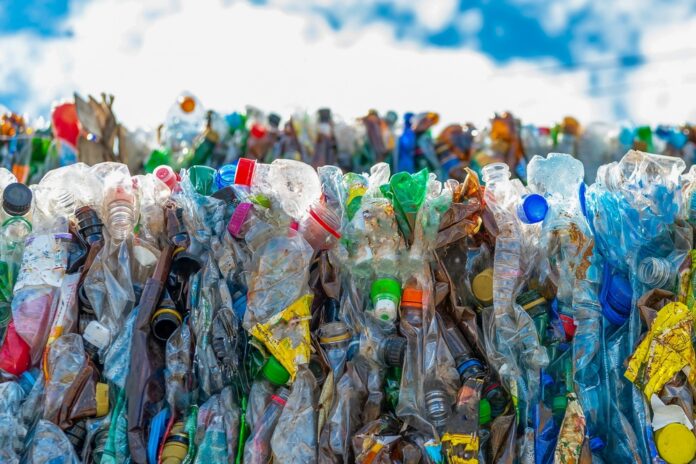The packaging industry in Southeast Asia is working with governments and industries to develop more sustainable solutions for the region’s solid waste issues which has rapidly increased from some 150 million tons in 2016 to more than double by 2030,
“While individual countries have added laws and regulations to help reduce solid waste through the years, including localized ordinances that seek to keep plastic waste out of the landfills, waterways, and the seas, more has to be done about food waste which is the largest component of municipal solid waste (MSW) in ASEAN,” said World Packaging Organization (WPO) board director for the Philippines Paolo Buñag at the recent ProPak Vietnam 2024 international trade event.
A United Nations report on waste management in ASEAN countries show that, at more than 50 percent, organic waste represented the highest fraction of MSW in all ASEAN countries except Singapore. Also dominating MSW piles around the region are plastics, paper, and metals.
The report also found that, as early as 2017, the per capita MSW generation in ASEAN reached 1.14 kilo/capita/day.
In terms of total annual MSW generation, Indonesia generated the highest quantity of municipal waste with 64 million tons/year, followed by Thailand with 26.77 million tons/year, and Vietnam’s 22 million tons/year. The Philippines came in fourth at 14.66 million tons/year.
To help solve this growing problem, the ASEAN Framework of Action on Marine Debris was developed in 2017 to act on the recommendations of the ASEAN Conference on Reducing Marine Debris. It covers four priority areas of Policy Support and Planning; Research, Innovation, and Capacity Building; Public Awareness, Education, and Outreach; and Private Sector Engagement.
In the Philippines, noteworthy solid waste management legislation includes the Republic Act 9003 — which mandates universal waste collection services and source separation, Senate Bill No. 2759 (Total Plastic Bag Ban Act of 2011), Senate Bill No. 1948 (Single-use Plastics Regulation and Management Act of 2018), and House Bill No. 4922 (Beverage Container Disposal Act).
The Philippines is expected to release shortly its National Plan of Action on Plastics and Marine Litter. The Extended Producer Responsibility Law aimed at reducing plastic pollution was enacted in July of 2022.
Buñag, also a director of the Packaging Institute of the Philippines (PIP) and president of Design Systemat, admits that developing a concerted regional effort to reduce solid waste remains difficult given varying concerns and situations in each country.
“Nevertheless, the WPO continues to work with government and private sector alike to study current trends and develop waste management solutions that are replicable and sustainable.”
He added that, with the help of the WPO and PIP, more and more brands are shifting towards sustainable packaging materials such as bio-based, recyclable, and reusable materials that reduce environmental impact.
As companies become more price-conscious, packaging redesign has also focused more on the efficiency of materials and developing lighter but stronger packaging structures.
Plant-based foams are seen to make more headway into mainstream packaging in 2024 for example, which will significantly decrease plastic foam or styrofoam waste in Philippine waterways.
Buñag cited a Philippine company called Fortuna, which has created premium insulation packaging out of coconut husks and converted agricultural waste into a naturally insulated packaging product. This was seen as a sustainable and long-term replacement for the popular ‘styro box’ that is still widely used across the country.
He also stressed the importance of integrating technology into packaging, and how this transforms traditional designs into smart and interactive solutions through the use of QR codes, radio-frequency identification (RFID) tags, and sensors among others.
More importantly, maximizing on the benefits of artificial intelligence (AI) integration continues to improve automation, enhance productivity, save time, and reduce costs from conceptualization to packaging design and production to the supply chain, distribution, and marketing.







